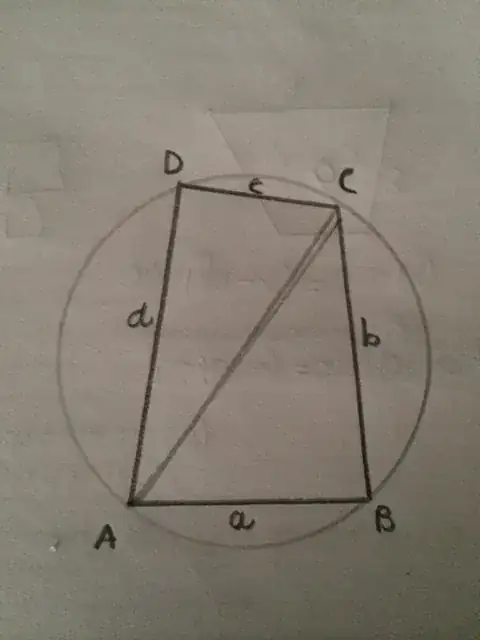So we have a cyclic quadrilateral, as depicted below:

I have a conjecture that the area of this cyclic quadrilateral equals $$ \dfrac{\sqrt{(a+b+c-d)(a+b+d-c)(a+c+d-b)(b+c+d-a)}}{4} $$
I want to prove this. I know that the area of triangle ABC equals $\dfrac{1}{2}ab\sin(B)$ and the area of triangle ACD equals $\dfrac{1}{2}cd\sin(D)$. Seeing as $\sin(B) = \sin(D)$, I figured that the area of the quadrilateral equals $\dfrac{1}{2}(ab+cd)\sin(B)$.
But I'm stuck here. I have no clue how to get to the result I want. Can anyone provide an insight (and tell me whether or not my work up until now is valid)?
